11/11/11 Was A Great Day To Visit The Terracotta Warriors Again

We arrive at 11:30... Time to have lunch at Tangata

The ol' sketch pad was drawn
We Waited A Few Minutes Before Hitting Tangata

Our church donates funds to the Fulani people
Did You Know? - Fula people or Fulani or Fulbe (Fula: Fulɓe; French: Peul; Hausa: Fulan; Portuguese: Fula; Wolof: Pël; Bambara: Fulaw) are an ethnic group of people spread over many countries, predominantly in West Africa, but found also in Central Africa and Sudanese North Africa. The countries in Africa where they are present include Mauritania, Senegal, Guinea, The Gambia, Mali, Nigeria, Sierra Leone, Benin, Burkina Faso, Guinea Bissau, Cameroon, Côte d'Ivoire, Niger, Chad, Togo, the Central African Republic, Liberia, and as far as Sudan and Egypt in the East.
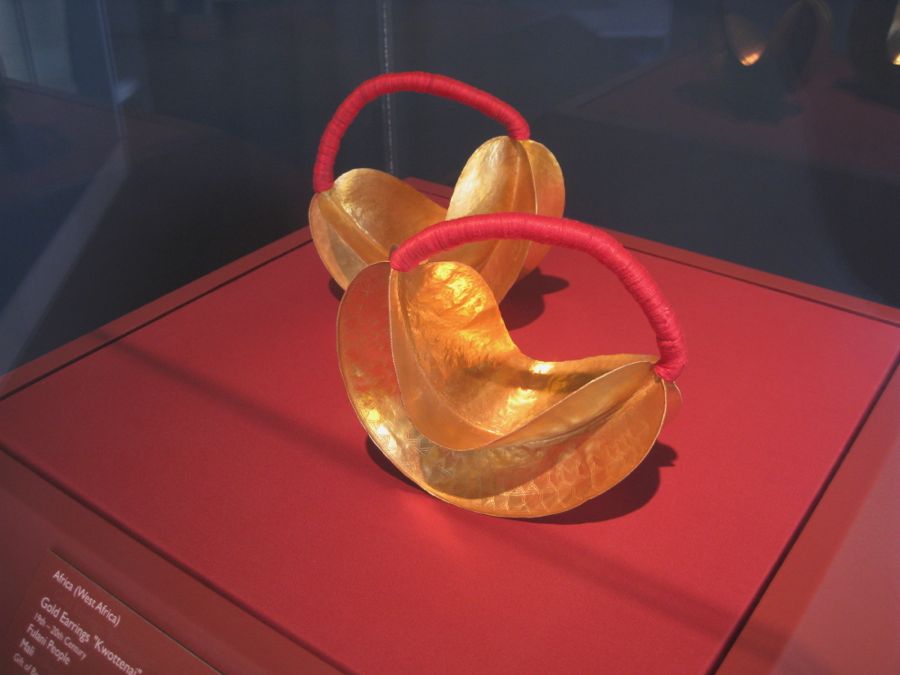
Ouch!
Tangata Here We Come
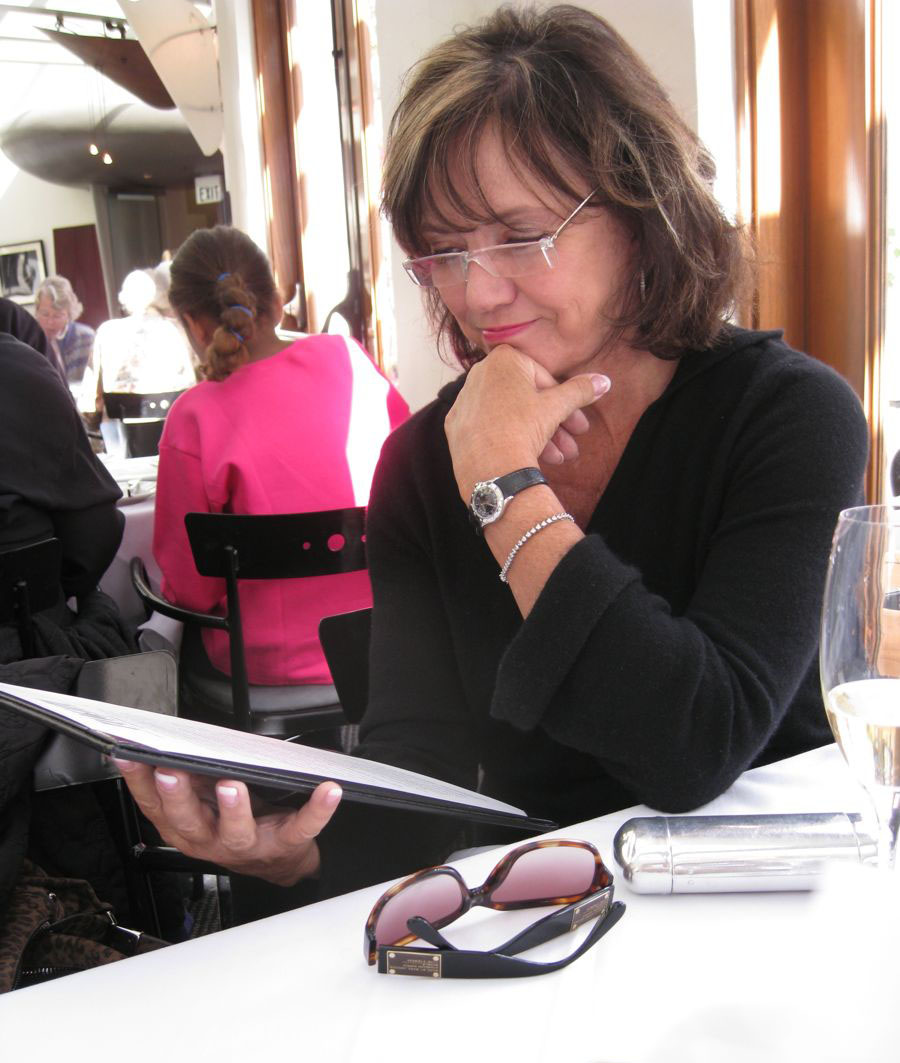
The Thinker
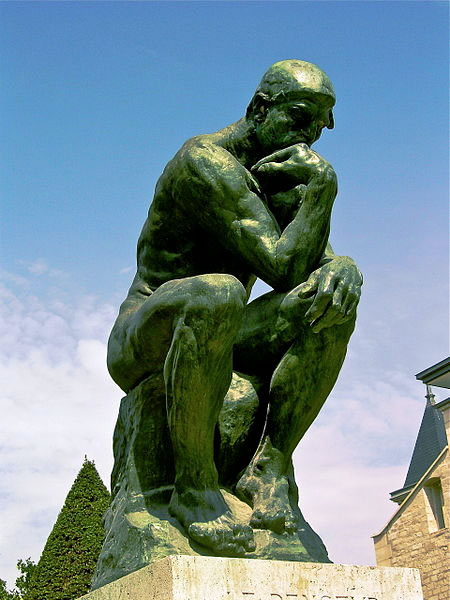
Did You Know? - The Thinker is a bronze and marble sculpture by Auguste Rodin, whose first cast, of 1902, is now in the Musée Rodin in Paris; there are some twenty other original castings as well as various other versions, studies, and posthumous castings. It depicts a man in sober meditation battling with a powerful internal struggle. It is often used to represent philosophy.
So We Are Sitting Here And Who Saunders In????

Three hours after having hernia surgery! What a man!
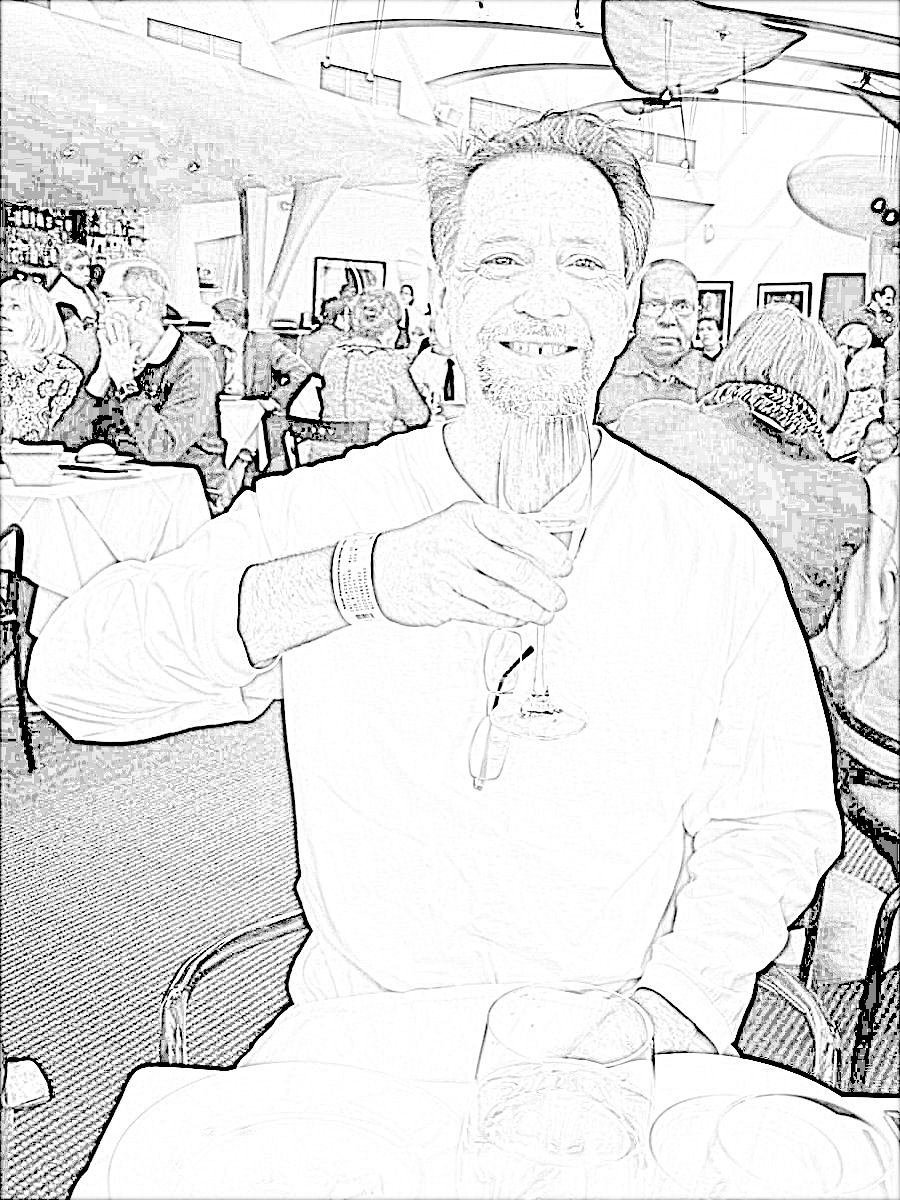
He did look a little pale
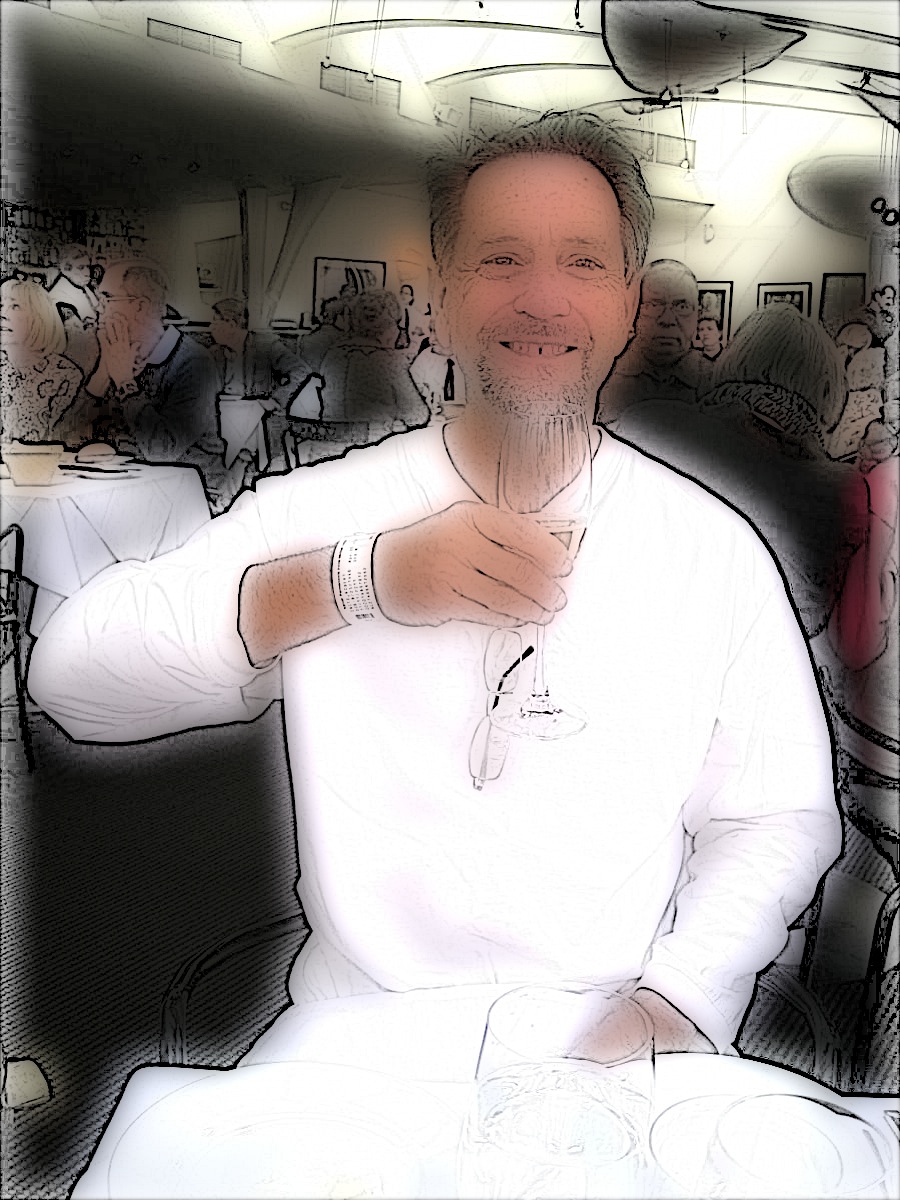
The champagne added a little color

Donna & Bob with Emporer Qin
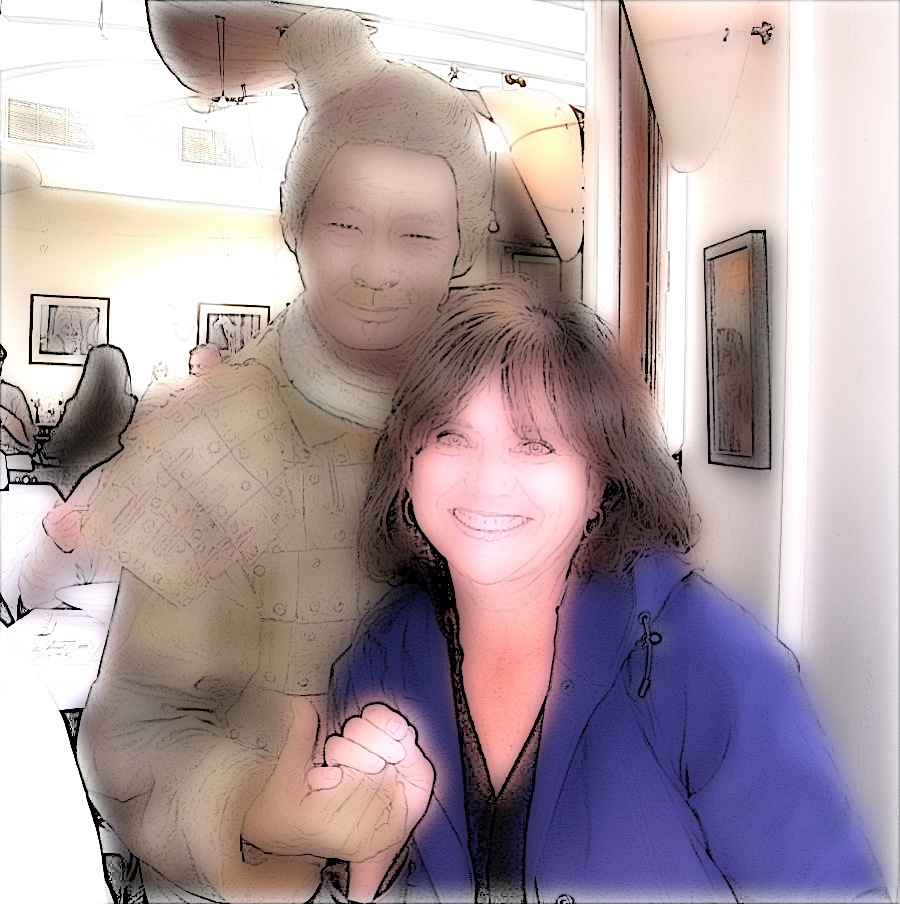
Bunnaford is no longer scared of the green Emporer
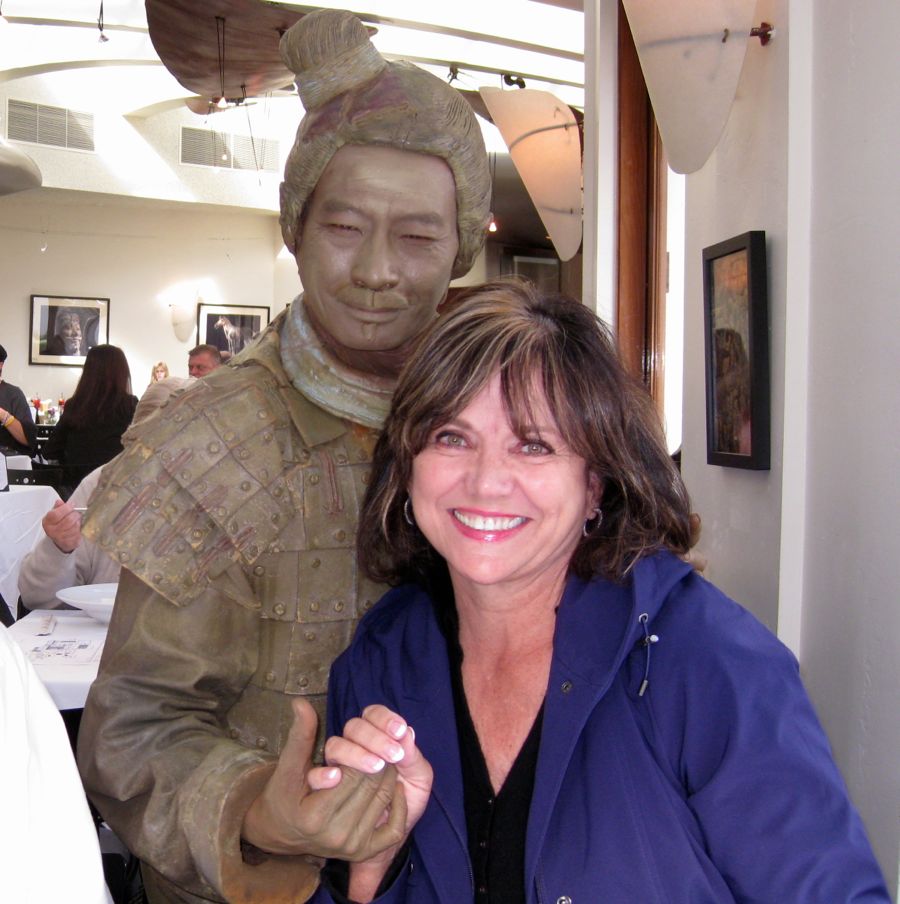
This little fellow scared Bunnaford in the hallway when he moved all of a sudden after standing still

In 50 years the picture below will look like this
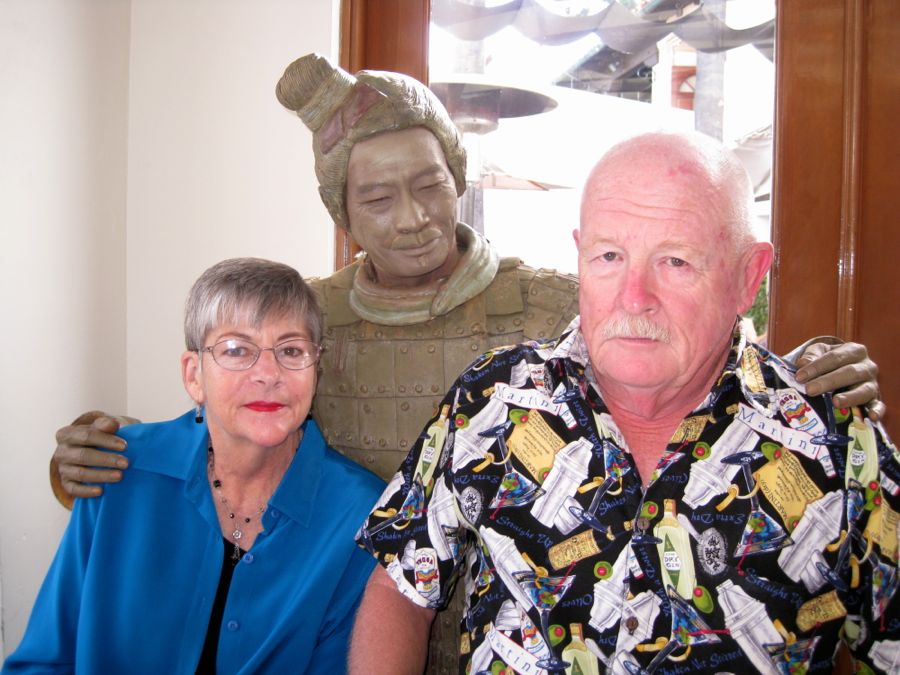
Love his hairdo
To The Exhibit
The Terracotta Army (simplified Chinese: 兵马俑; traditional Chinese: 兵馬俑; pinyin: bīngmǎ yǒng; literally "soldier and horse funerary statues") or the "Terra Cotta Warriors and Horses", is a collection of terracotta sculptures depicting the armies of Qin Shi Huang, the first Emperor of China. It is a form of funerary art buried with the emperor in 210-209 BC and whose purpose was to protect the emperor in his afterlife.
The figures, dating from 3rd century BC, were discovered in 1974 by some local farmers in Lintong District, Xi'an, Shaanxi province, near the Mausoleum of the First Qin Emperor (Chinese: 秦始皇陵; pinyin: Qín Shǐhuáng Ling).
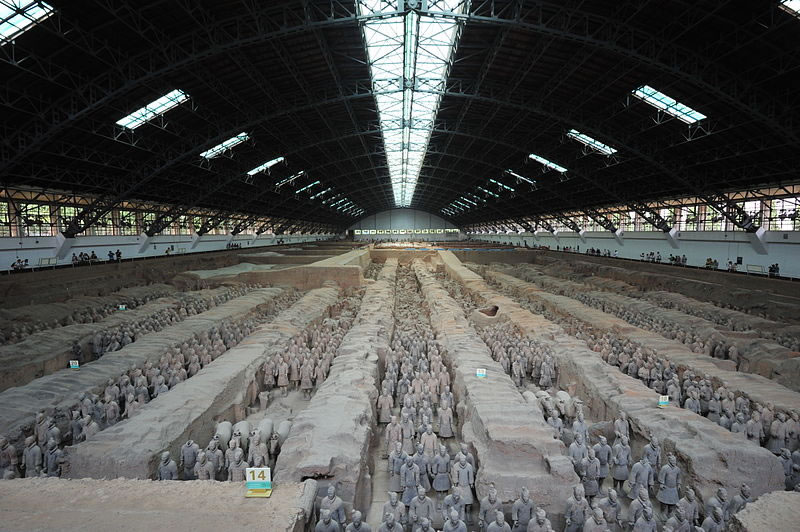
How it looks today in China
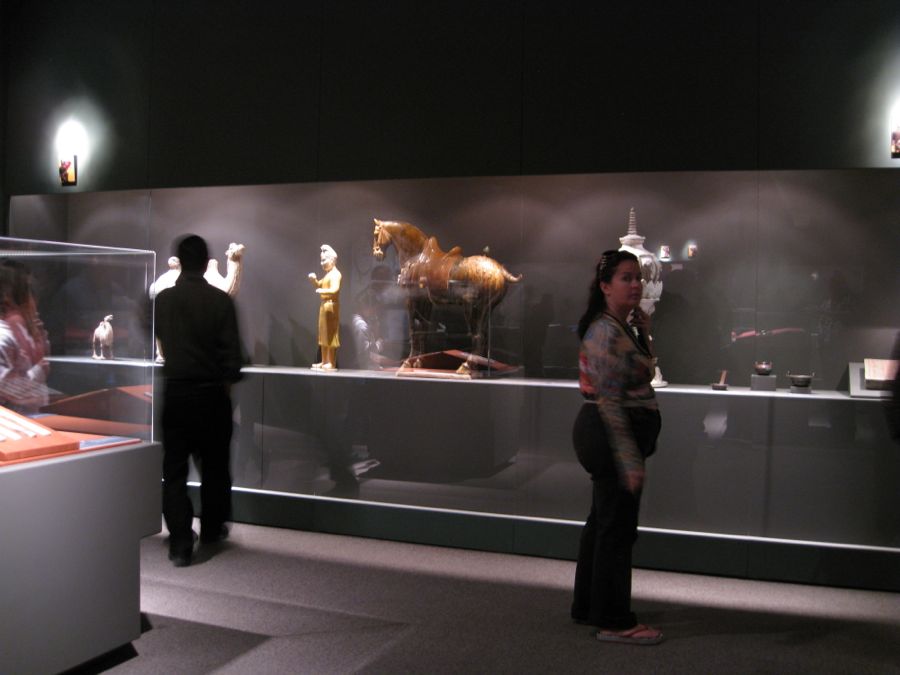
The lighting was subdued so we tried a new approach.... Setting the timer on the camera
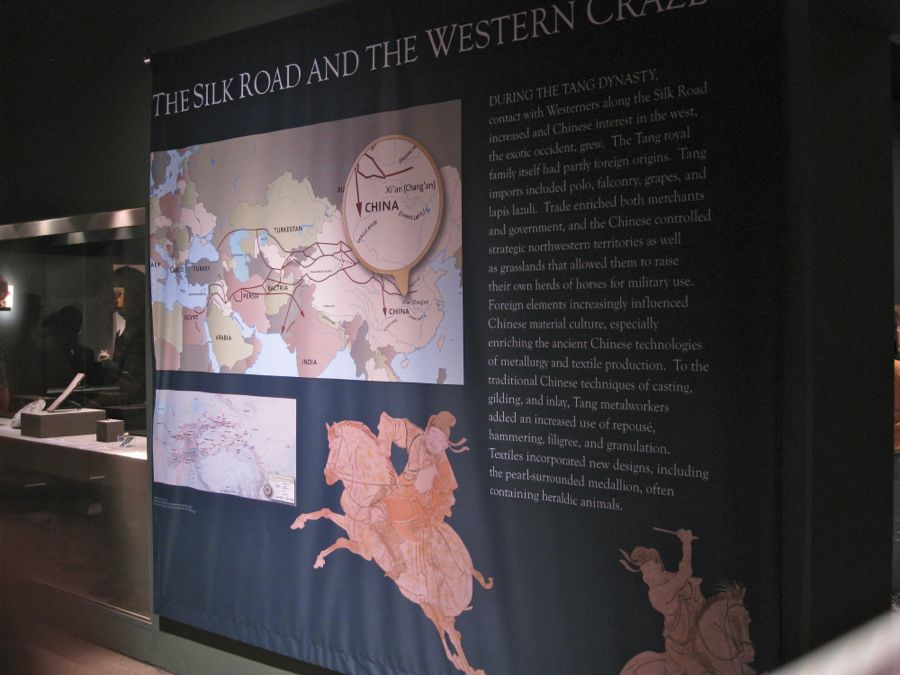
The Silk Road was fascinating
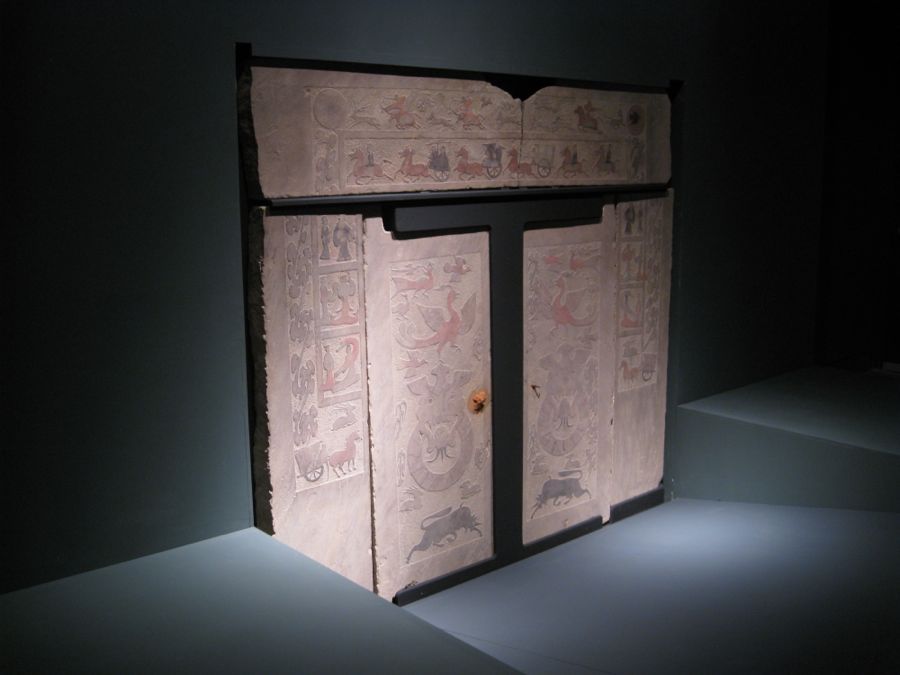
These doors were the entrance to a Chinese Tomb
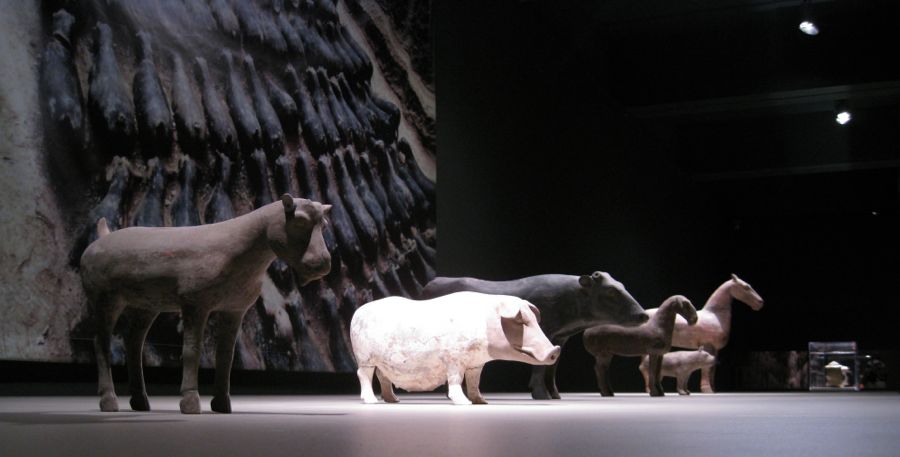
Thousands of animals accompanied the deceased to his happy hunting ground
Chronologically Speaking....
Did You Know? - Common Era (sometimes Current Era or Christian Era), abbreviated as CE, is an alternative designation for the calendar era originally introduced by Dionysius Exiguus in the 6th century, traditionally identified with Anno Domini (abbreviated AD).
Dates before the year 1 CE are indicated by the usage of BCE, short for Before the Common Era (likewise with CE, sometimes, Before the Current Era or Before the Christian Era). Neither designation uses a year zero, and the two designations are numerically equivalent; thus "2011 CE" corresponds to "AD 2011" and "399 BCE" corresponds to "399 BC". The expression "Common Era" can be found as early as 1708 in English, and traced back to Latin usage among European Christians to 1615, as vulgaris aerae, and to 1635 in English as Vulgar Era.
At those times, the expressions were all used interchangeably with "Christian Era", and "vulgar" meant "not regal" rather than "crudely indecent". Use of the CE abbreviation was introduced by Jewish academics in the mid-19th century.
Since the later 20th century, usage of CE and BCE has been popularized in academic and scientific publications, and more generally by publishers emphasizing secularism or sensitivity to non-Christians.
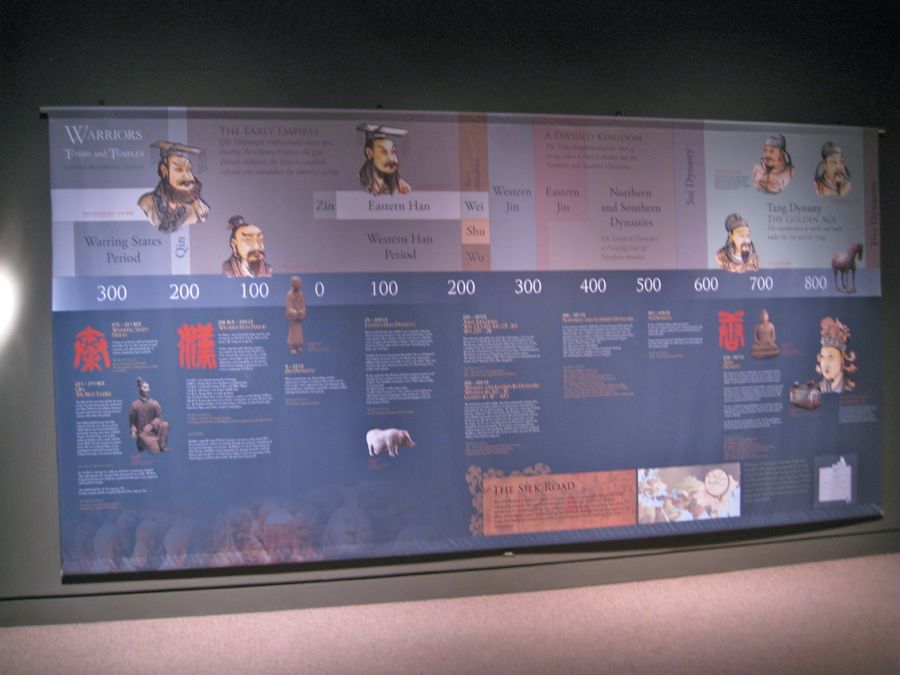
One thousand years of rule by the Qin, Han, and Tang Dynasty's
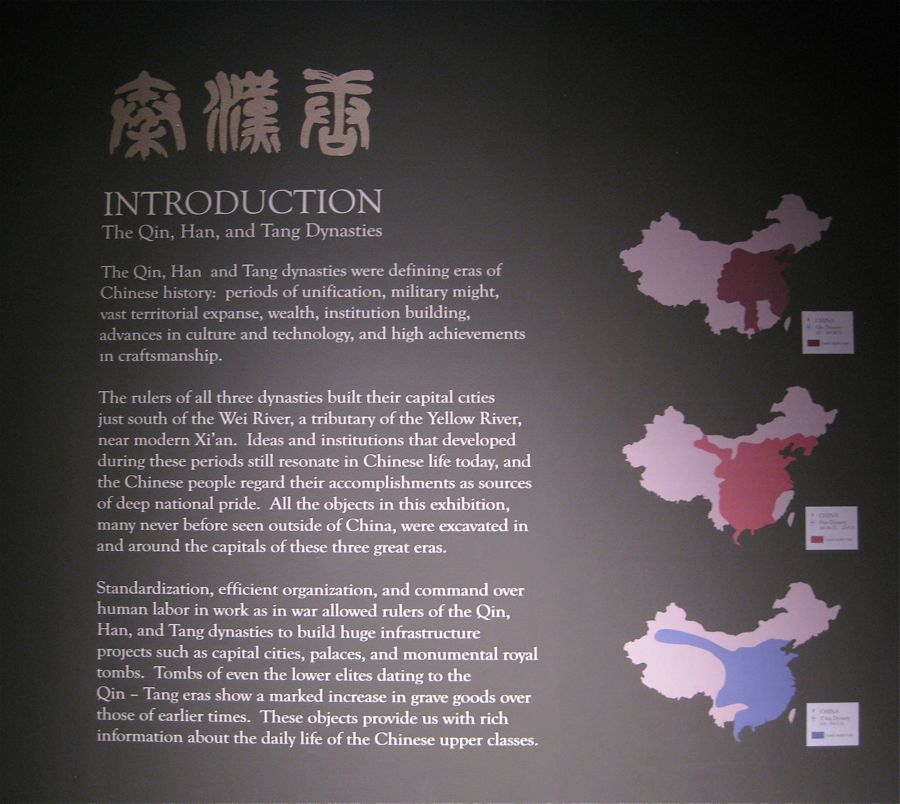
#1 Qin Dynasty Lasted Twenty-One Years

The first Dynasty
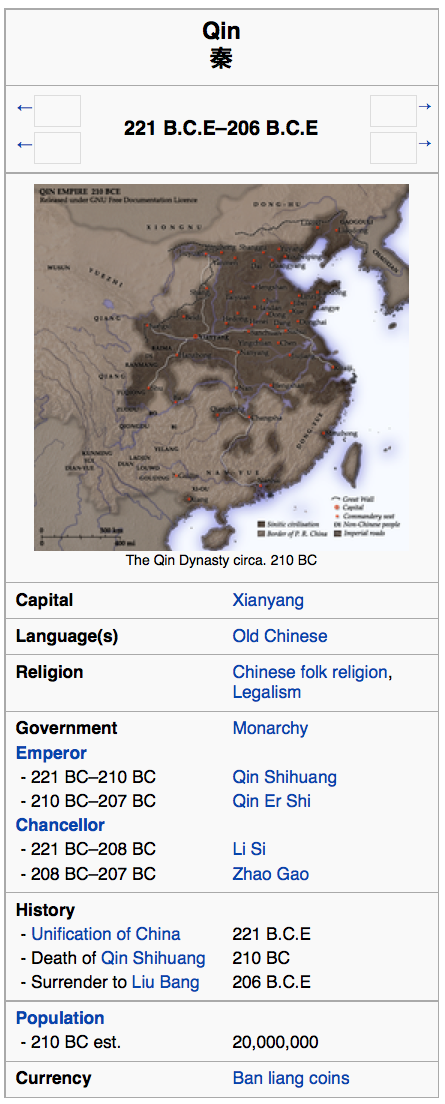
Did You Know? - The Qin Dynasty (Chinese: 秦朝; pinyin: Qín Cháo; Wade–Giles: Ch'in Ch'ao; IPA: [tɕʰǐn tʂʰɑ̌ʊ̯]) was the first imperial dynasty of China, lasting from 221 to 207 BC. The Qin state derived its name from its heartland of Qin, in modern-day Shaanxi. The strength of the Qin state was greatly increased by the legalist reforms of Shang Yang in the 4th century BC, during the Warring States Period. In the mid and late third century BC, the Qin accomplished a series of swift conquests, first ending the powerless Zhou Dynasty, and then eventually destroying all other six of the major states to gain control over the whole of China.
The Quins created the Terracotta Army that is still so magnificent today

What did he do 2200 years ago>>
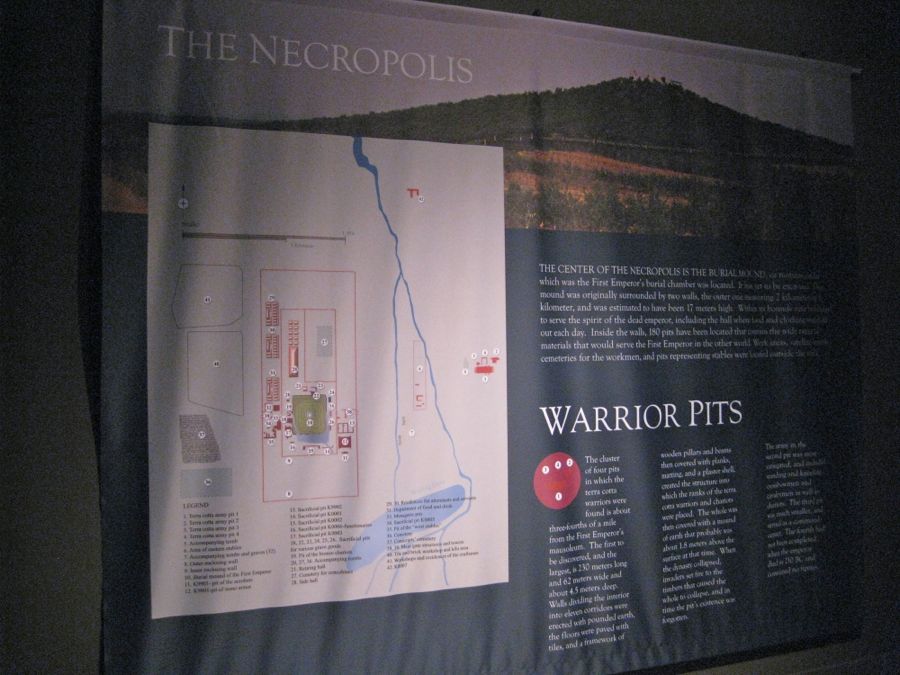
Necropolis was a Greek name for Cemetery
Did You Know? - A necropolis (Greek plural: necropoleis; Latin plural: necropoles) is a large cemetery or burial ground, usually including structural tombs. The word comes from the Greek νεκρόπολις - nekropolis, literally meaning "city of the dead". Apart from the occasional application of the word to modern cemeteries outside large towns, the term is chiefly used of burial grounds, near the centers of ancient civilizations, such as an abandoned city or town.
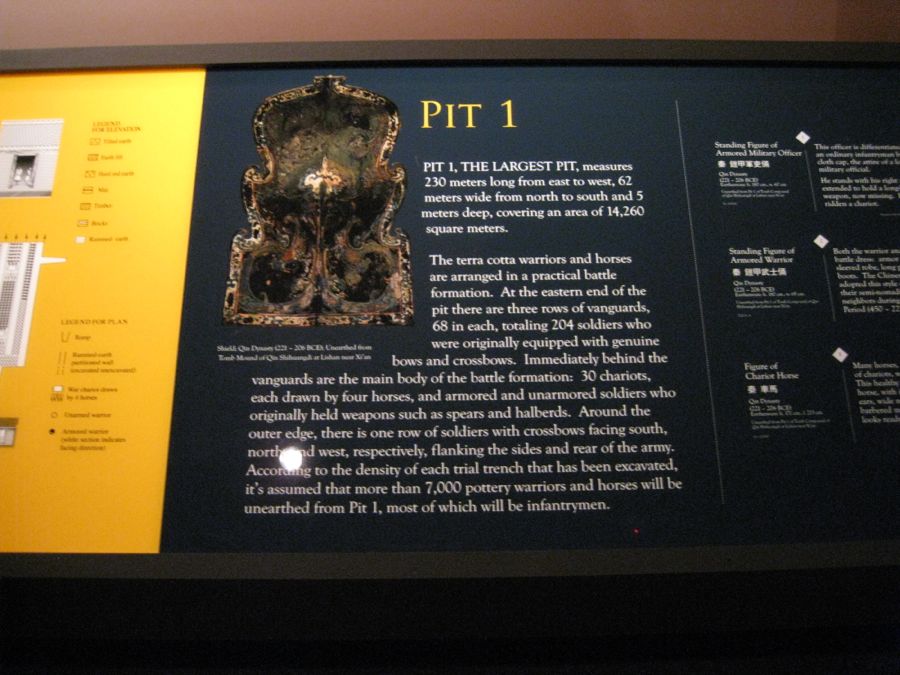
There are two additional pits yet to be opened
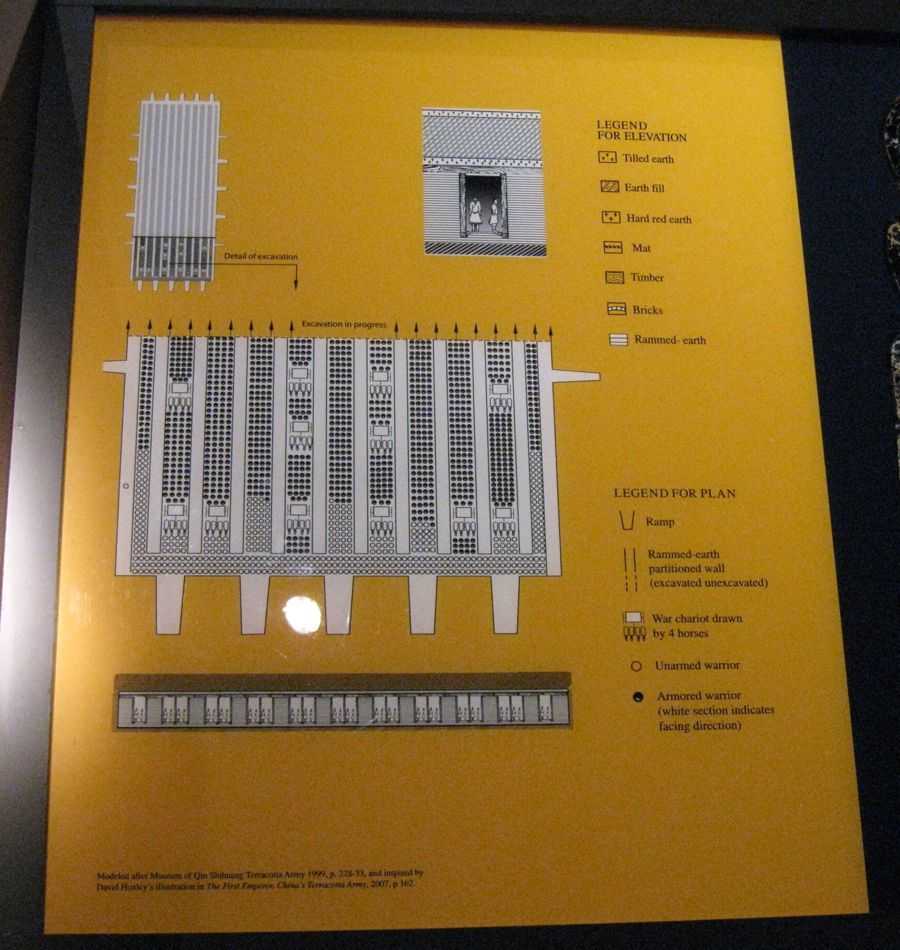
They have only uncovered about 25% of the figures to date
Did You Know? - The figures vary in height according to their roles, with the tallest being the generals. The figures include warriors, chariots and horses. Current estimates are that in the three pits containing the Terracotta Army there were over 8,000 soldiers, 130 chariots with 520 horses and 150 cavalry horses, the majority of which are still buried in the pits. Other terracotta non-military figures were also found in other pits and they include officials, acrobats, strongmen and musicians.

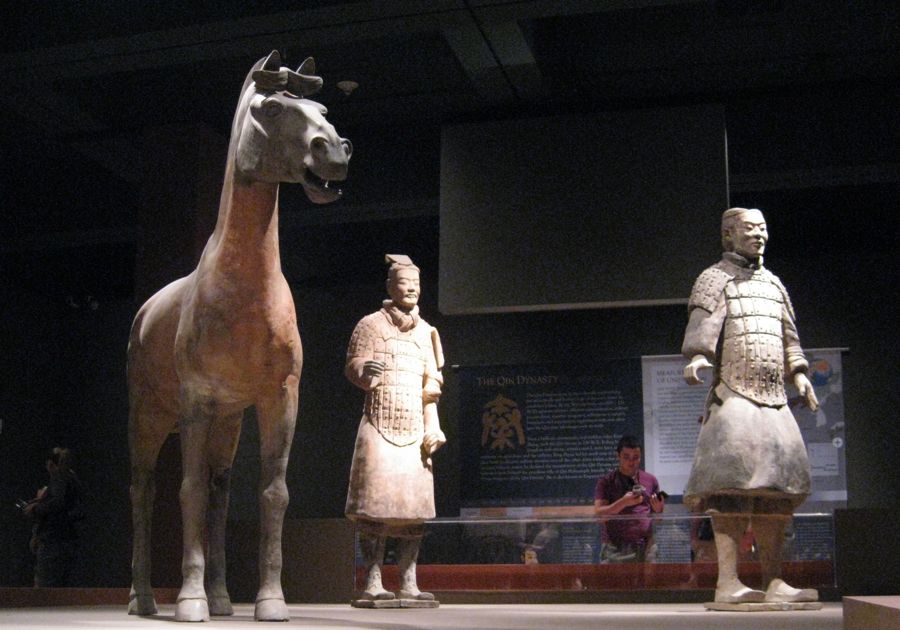
Amazing effort was used to create such an army
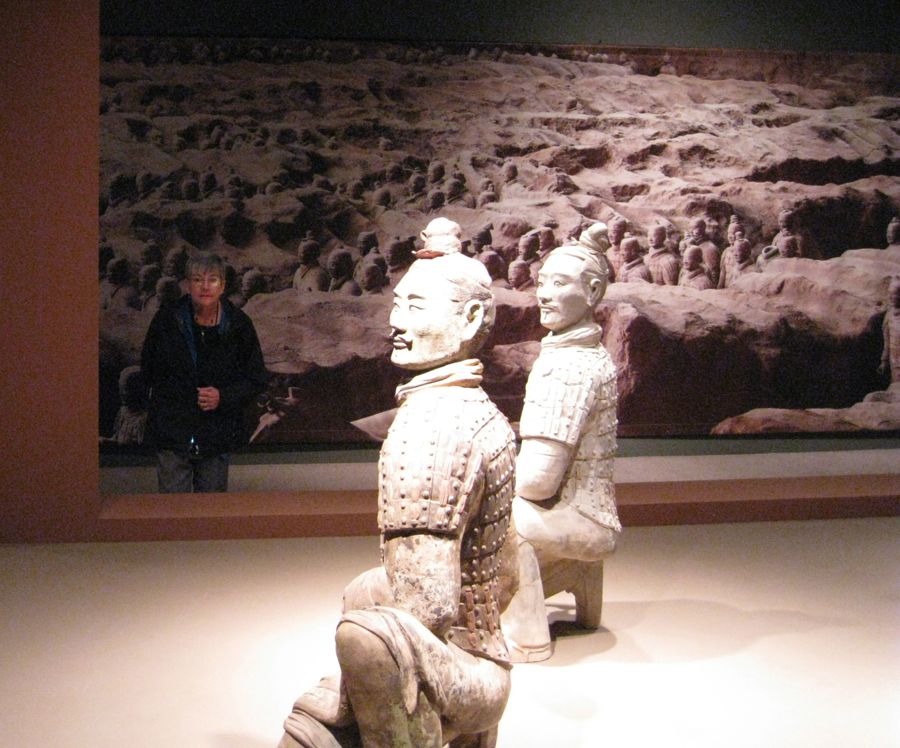

How they were found in China

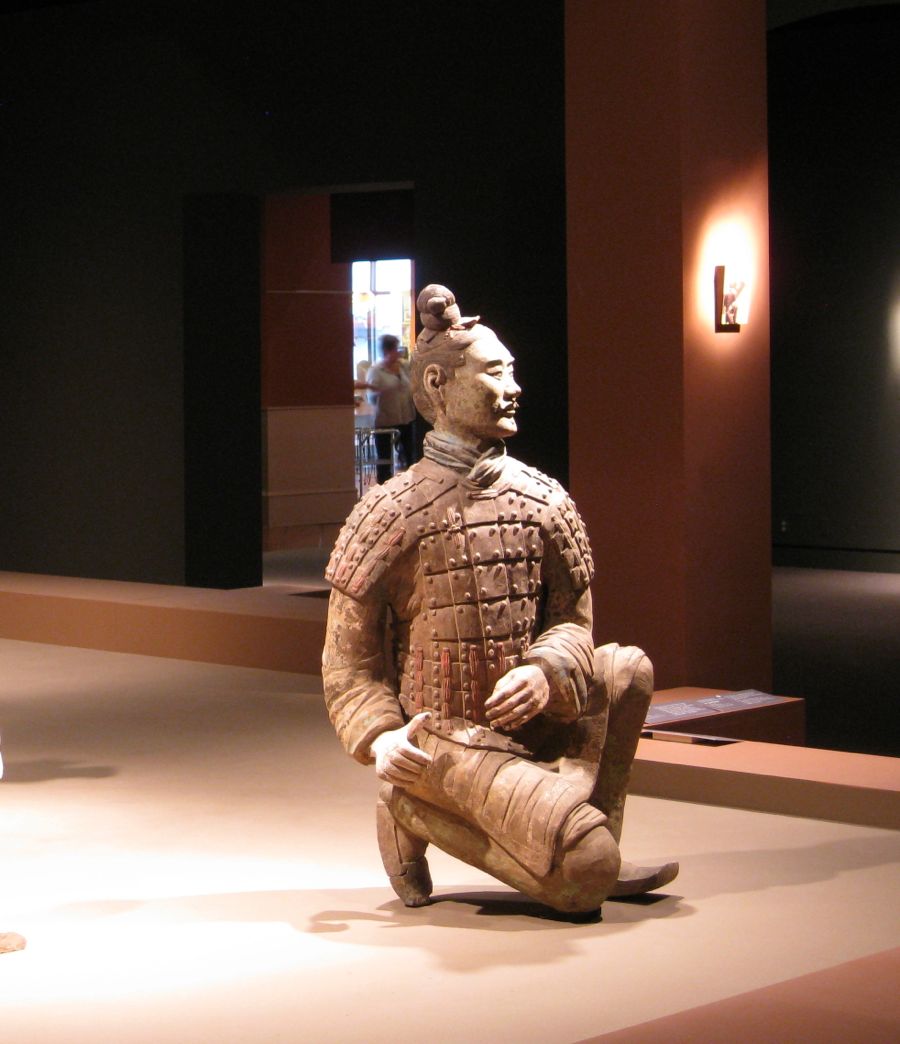
Dignified to this day
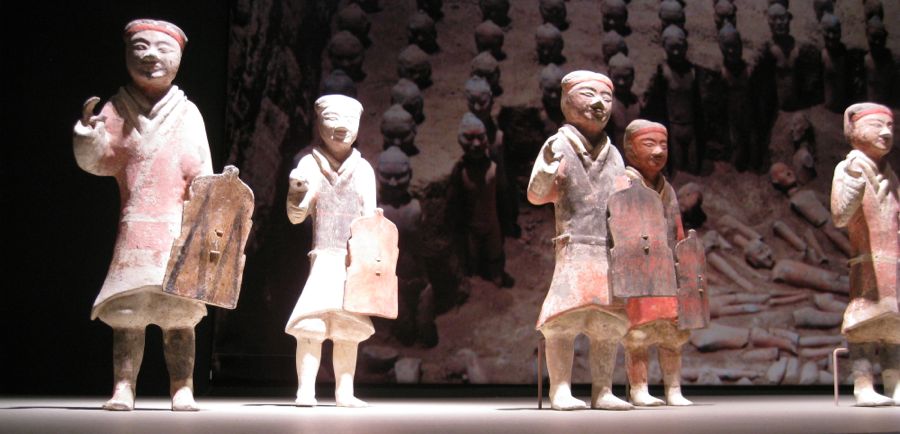
The little army was in burial area for second level people in the dynasty
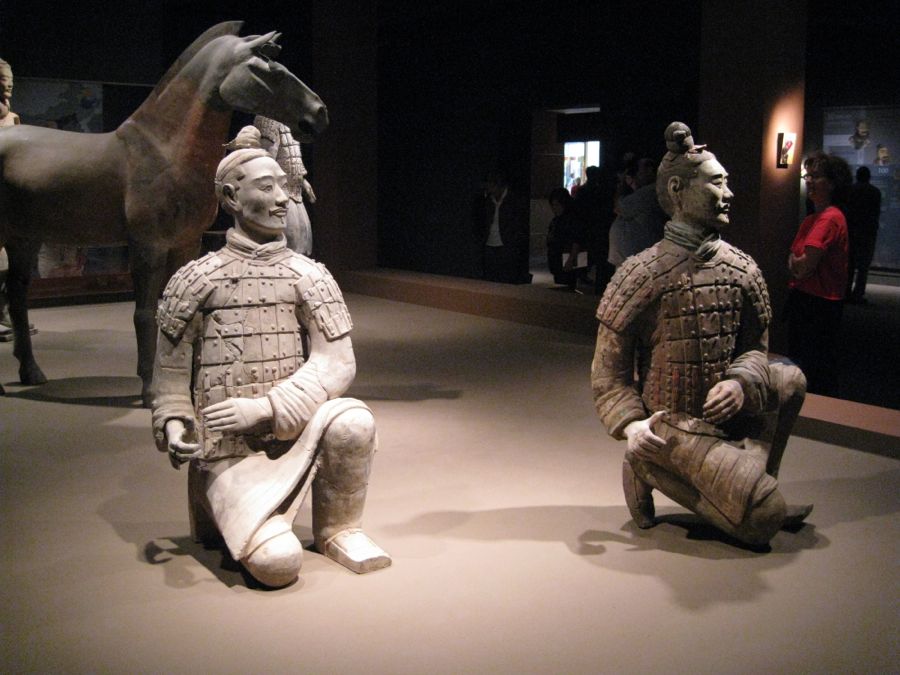
Amazing detail

Found in an old Chinese picture album

He was carrying something originally

Details down to the fingernails
Did You Know? - the first emperor died in 210 BC, his son was placed on the throne by two of the previous emperor's advisers, in an attempt to influence and control the administration of the entire dynasty through him. The advisors squabbled among themselves, however, which resulted in both their deaths and that of the second Qin emperor. Popular revolt broke out a few years later, and the weakened empire soon fell to a Chu lieutenant, who went on to found the Han Dynasty.
#2 Han Dynasty Was Short Lived At Fourteen Years
Did You Know? - The Han Dynasty (simplified Chinese: 汉朝; traditional Chinese: 漢朝; pinyin: Hàn Cháo; Wade–Giles: Han Ch'ao; IPA: [xân tʂʰɑ̌ʊ̯]) (206 BCE – 220 CE) was the second imperial dynasty of China, preceded by the Qin Dynasty (221–207 BCE) and succeeded by the Three Kingdoms (220–280 CE).
It was founded by the peasant rebel leader Liu Bang, known posthumously as Emperor Gaozu of Han. It was briefly interrupted by the Xin Dynasty (9–23 CE) of the former regent Wang Mang. This interregnum separates the Han into two periods: the Western Han (206 BCE – 9 CE) and Eastern Han (25–220 CE).
Spanning over four centuries, the period of the Han Dynasty is considered a golden age in Chinese history. To this day, China's majority ethnic group refers to itself as the "Han people" and Chinese characters are referred to as "Han characters".


#3 - The Tang Dynasty Lasted 288 Years
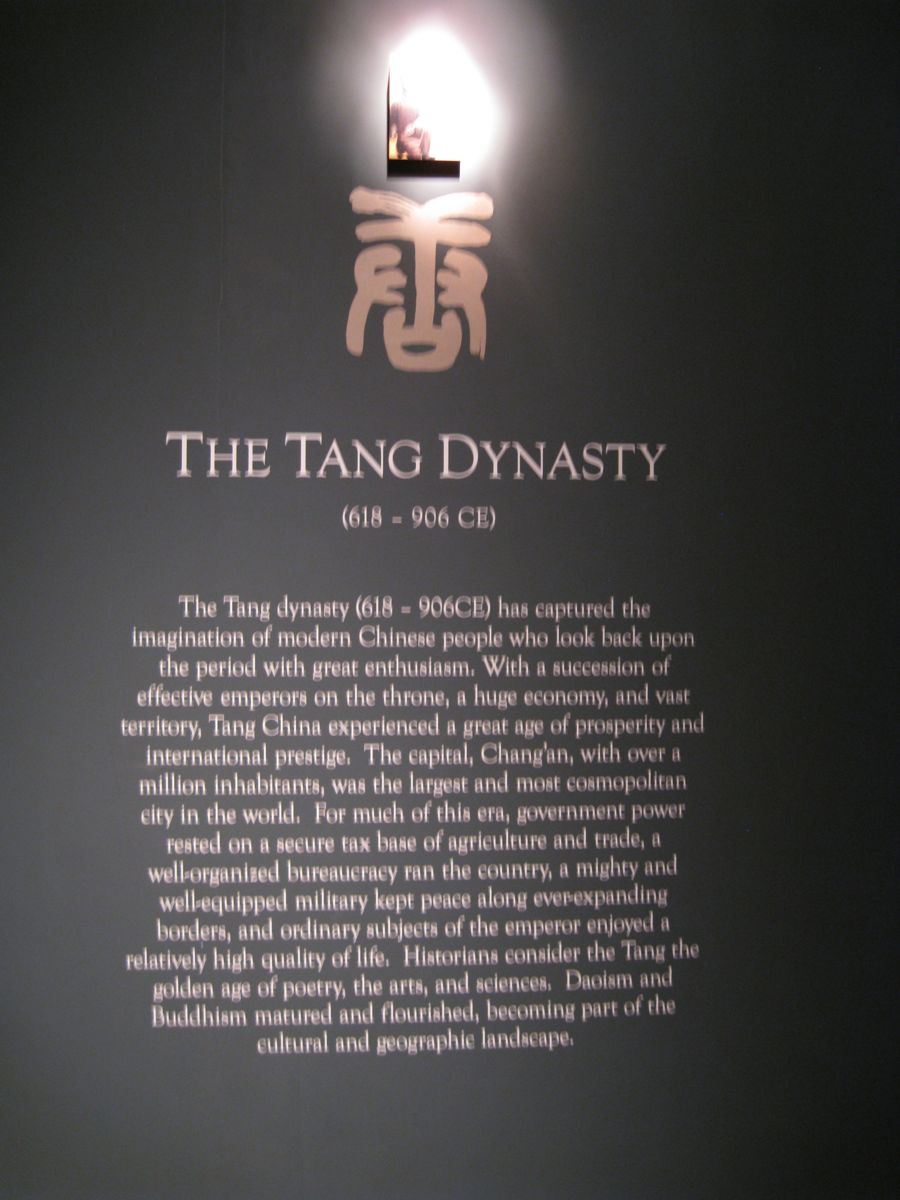
Did You Know? - The Tang Dynasty (Chinese: 唐朝; pinyin: Táng Cháo; IPA: [tʰɑ̌ŋ tʂʰɑ̌ʊ]; Middle Chinese: dhɑng) (June 18, 618 – June 1, 907) was an imperial dynasty of China preceded by the Sui Dynasty and followed by the Five Dynasties and Ten Kingdoms Period. It was founded by the Li (李) family, who seized power during the decline and collapse of the Sui Empire. The dynasty was interrupted briefly by the Second Zhou Dynasty (October 8, 690 – March 3, 705) when Empress Wu Zetian seized the throne, becoming the first and only Chinese empress regnant, ruling in her own right.


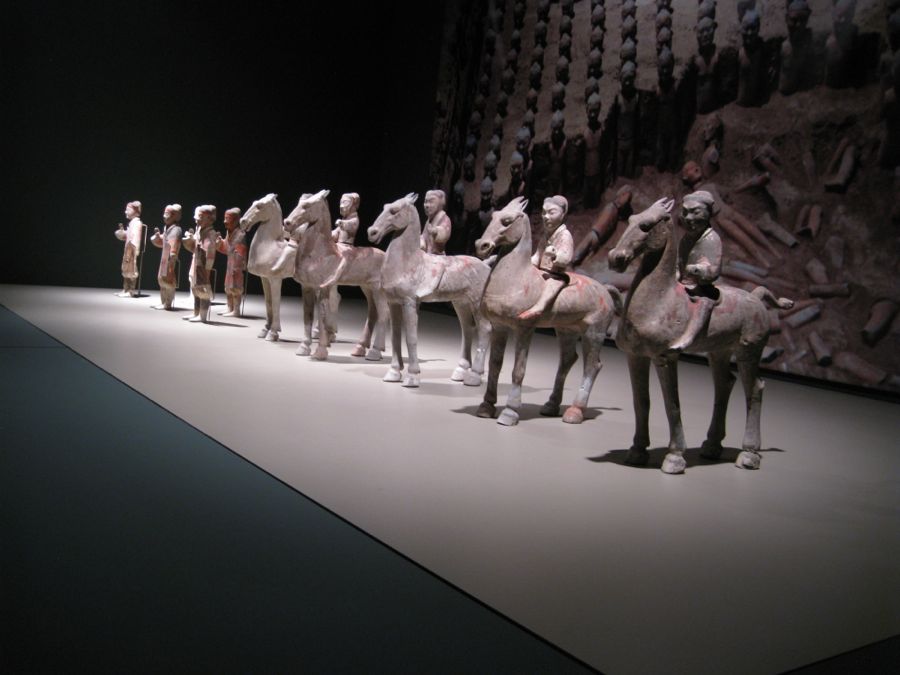
Even the Hans had soldiers buried with their leaders
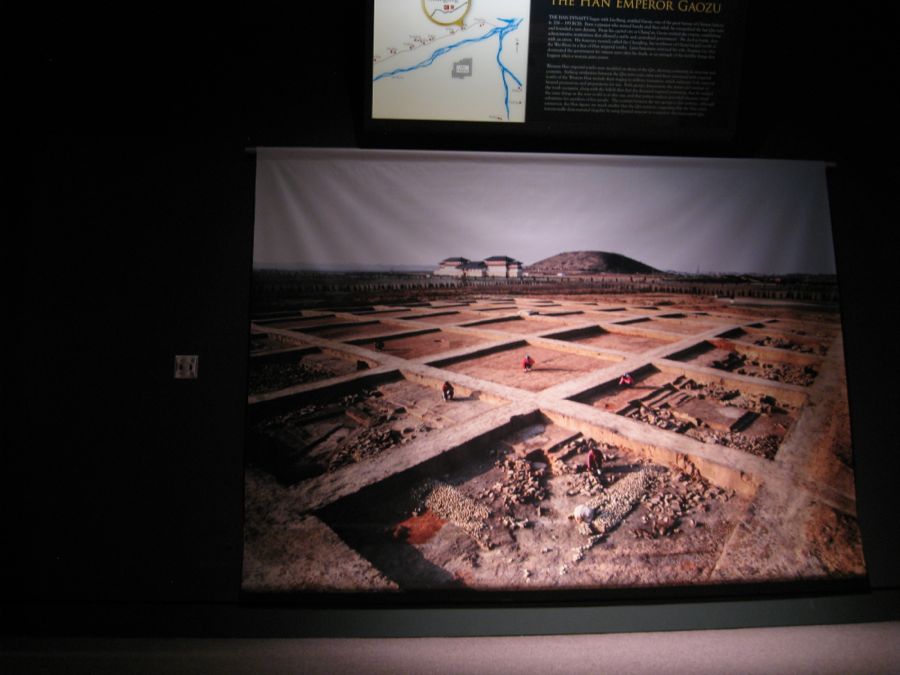
Modern excavations are underway
From China To America In 300 Feet
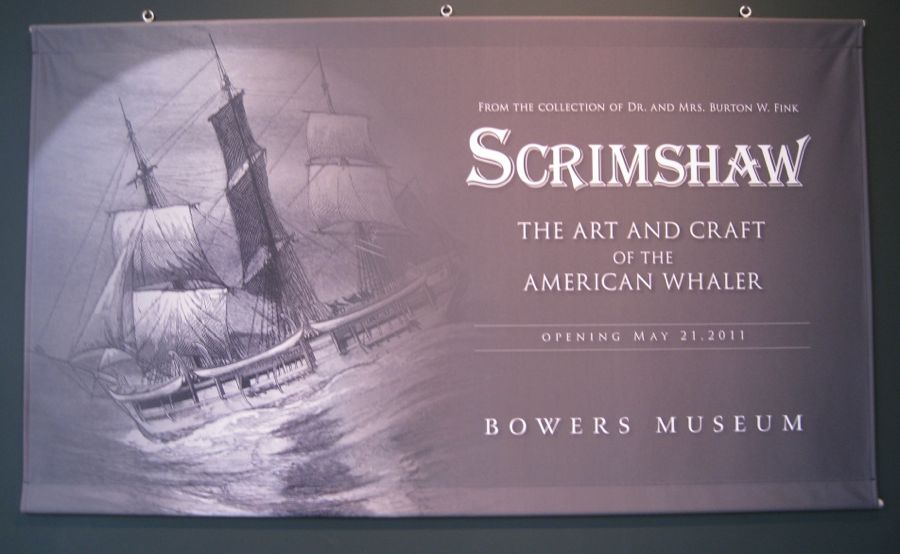

Did You Know? - The making of scrimshaw began on whaling ships between 1745 to 1759 on the Pacific Ocean, and survived until the ban on commercial whaling. The practice survives as a hobby and as a trade for commercial artisans.
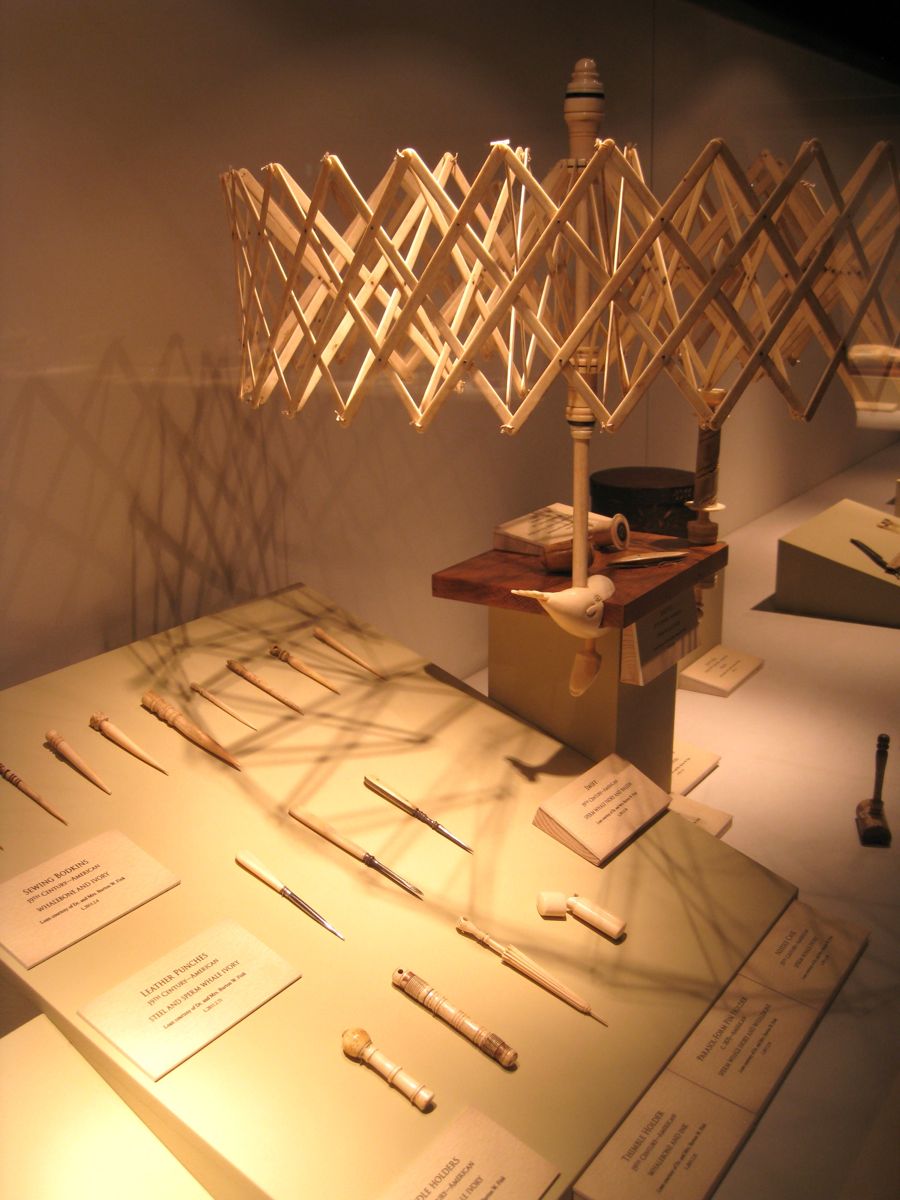
A yarn winding tool made of whale bone

Cribbage set with it's own container
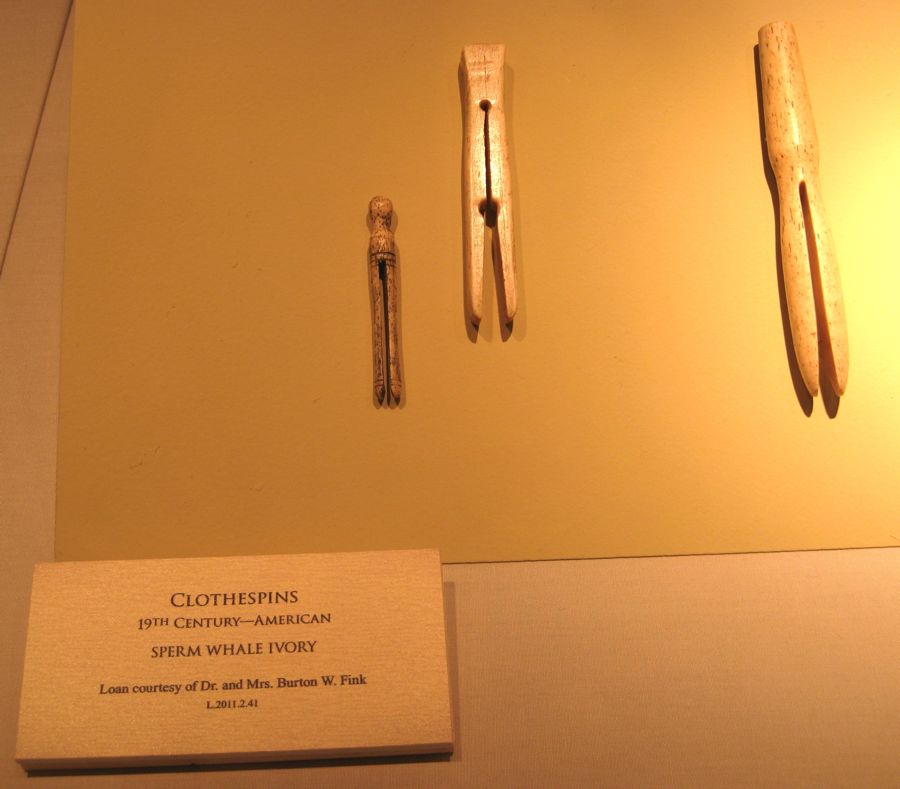
Clothespins?
Scrimshaw is derived from the practice of sailors on whaling ships creating common tools, where the byproducts of whales were readily available. The term originally referred to the making of these tools, only later referring to works of art created by whalers in their spare time. Whale bone was ideally suited for the task, as it is easy to work and was plentiful.

Straight razor
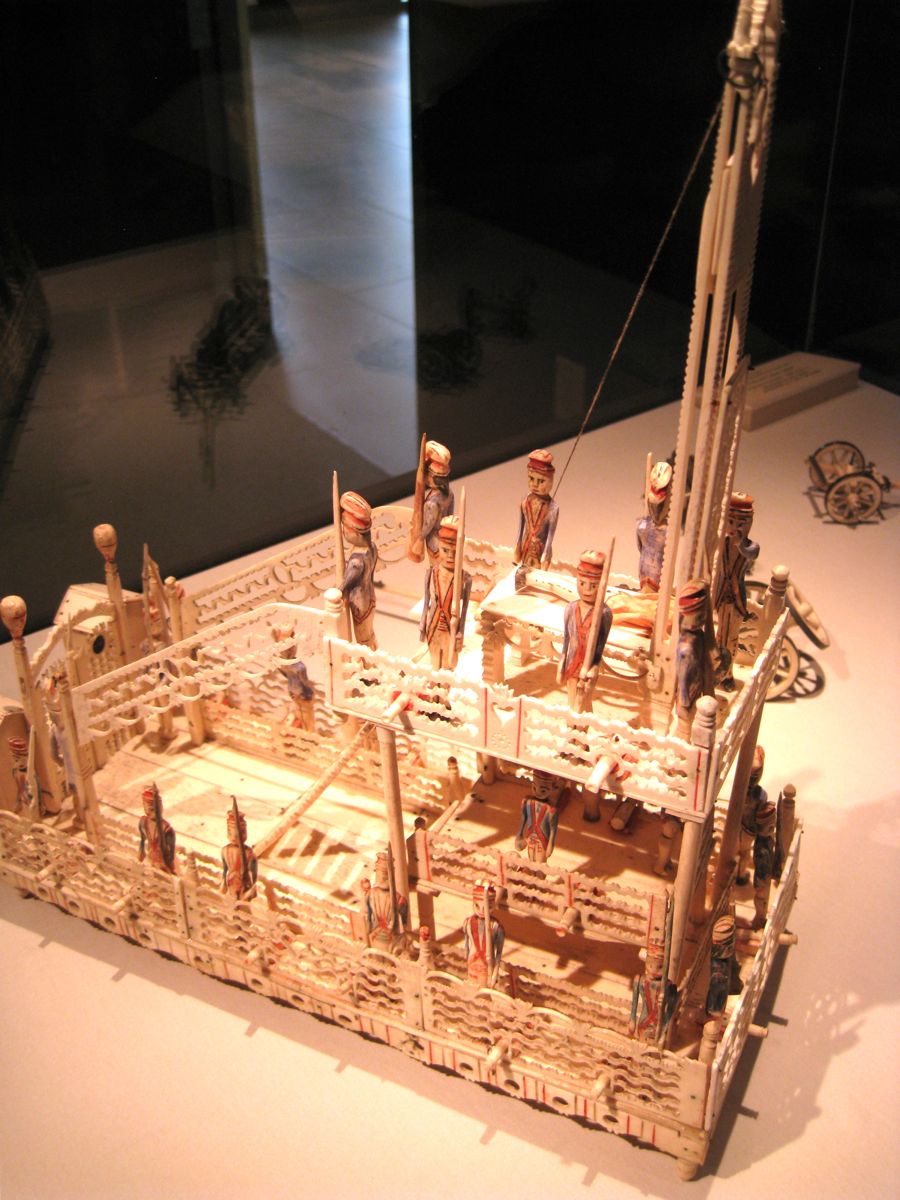
Fully operational... Even a basket for the poor fellows head to land in
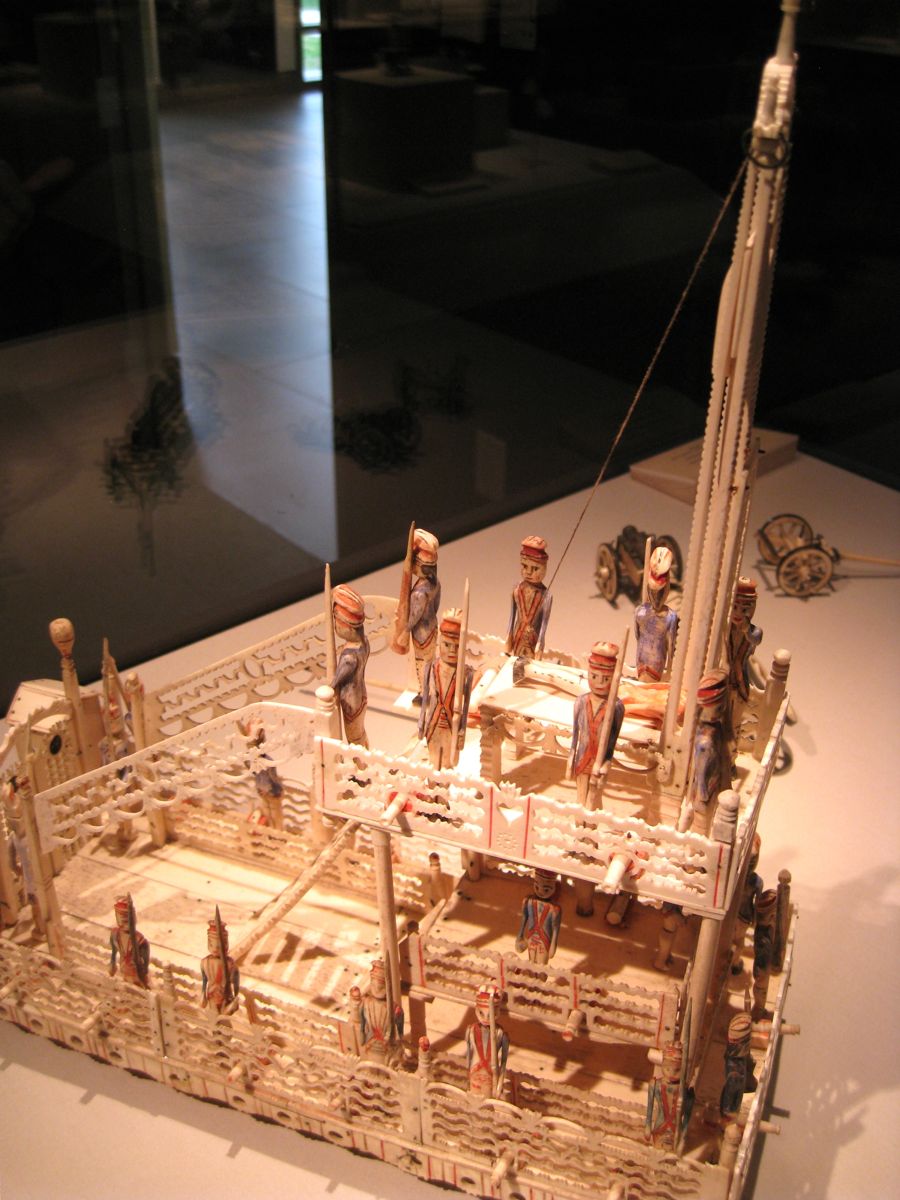
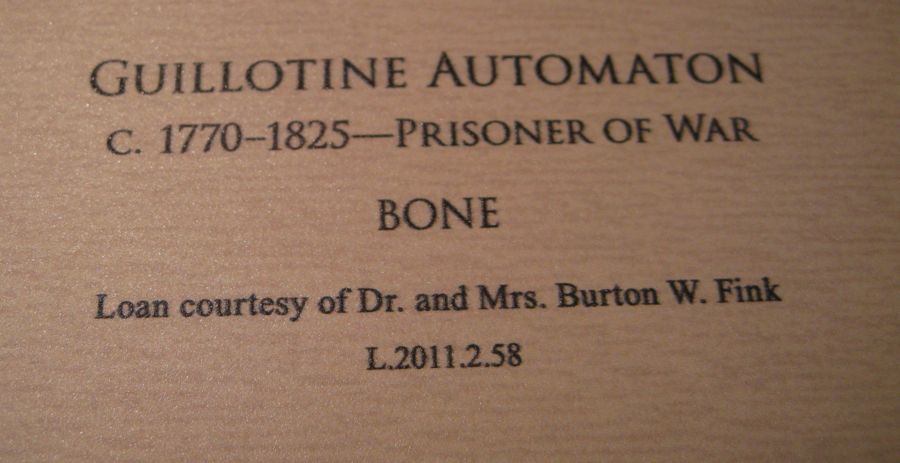
We Just Wondered Around For A While Seeing Old California
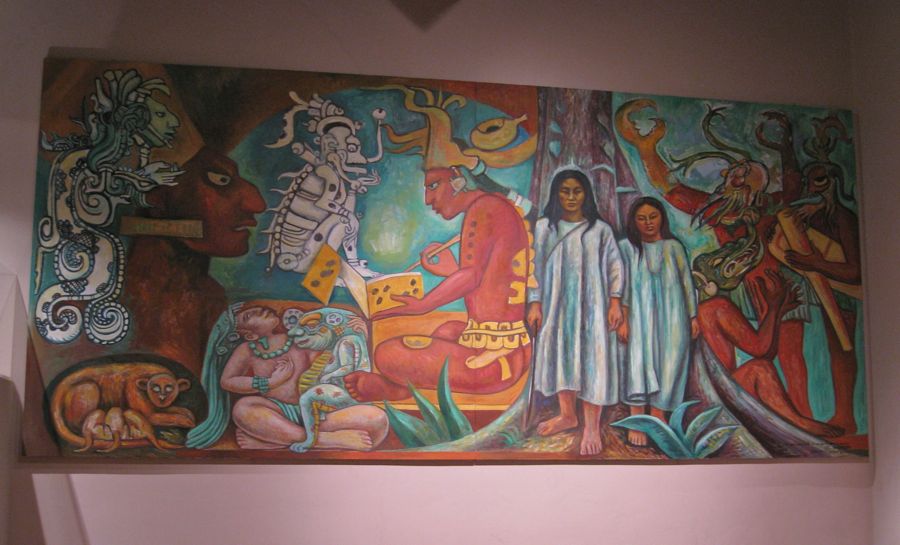
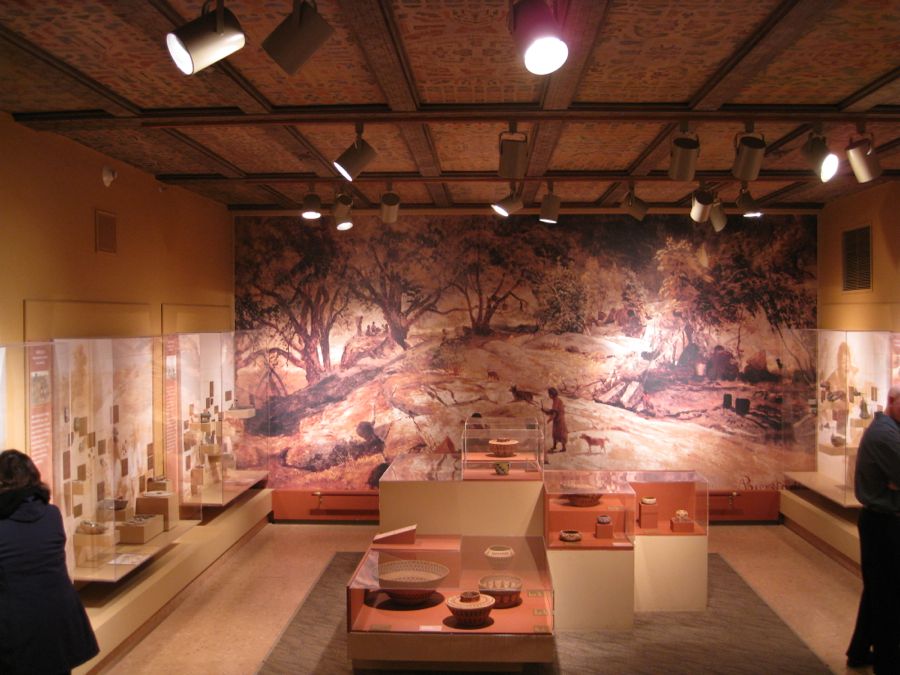
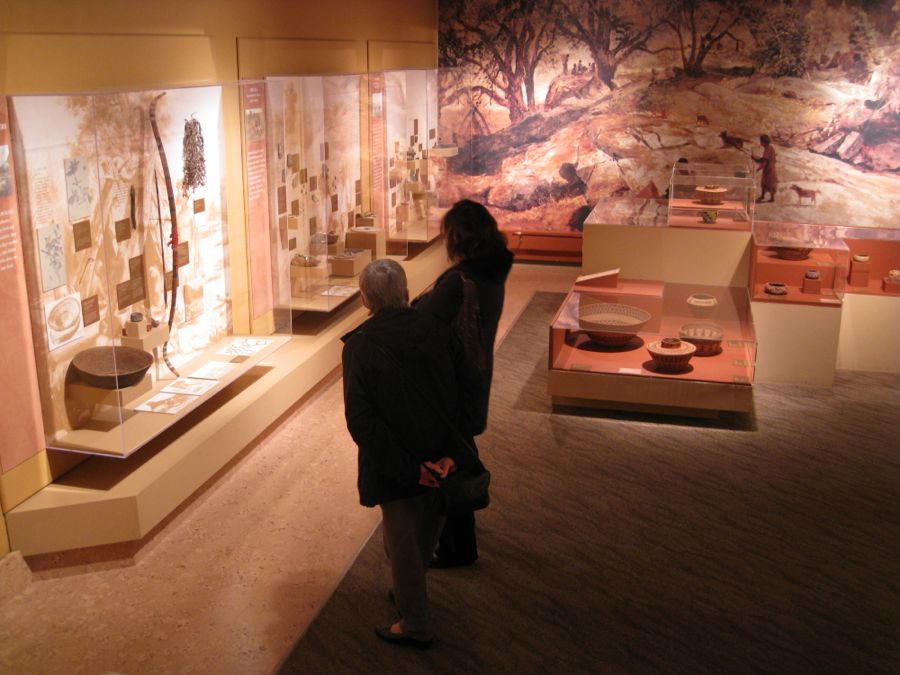
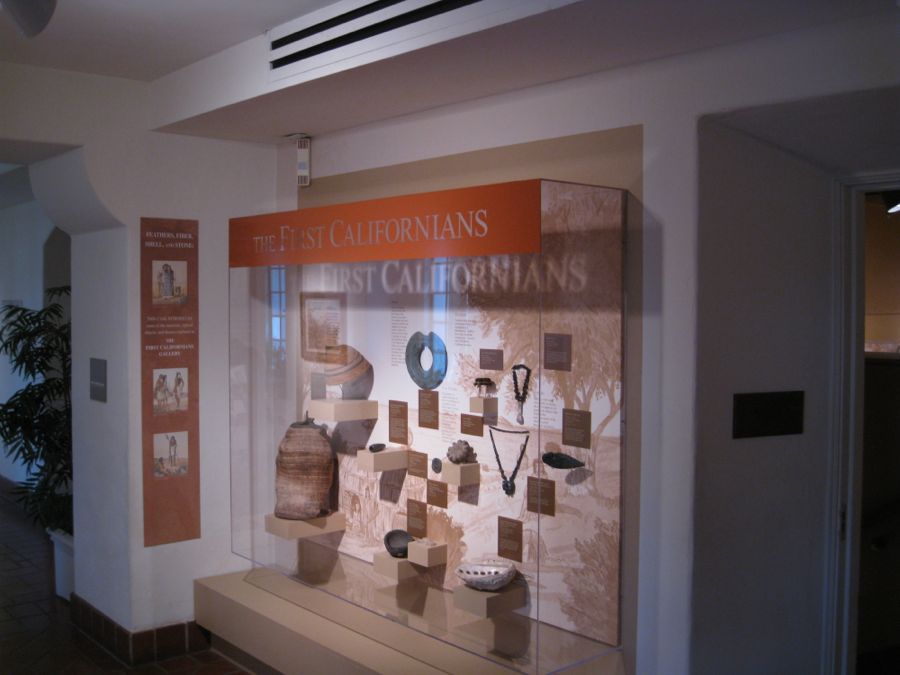


If this were 50 years ago....

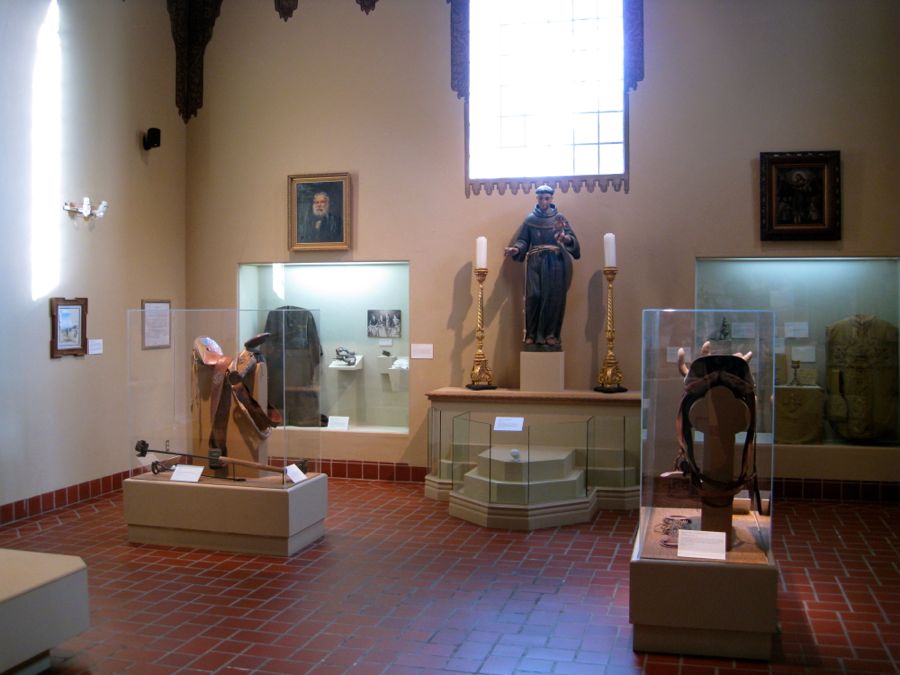
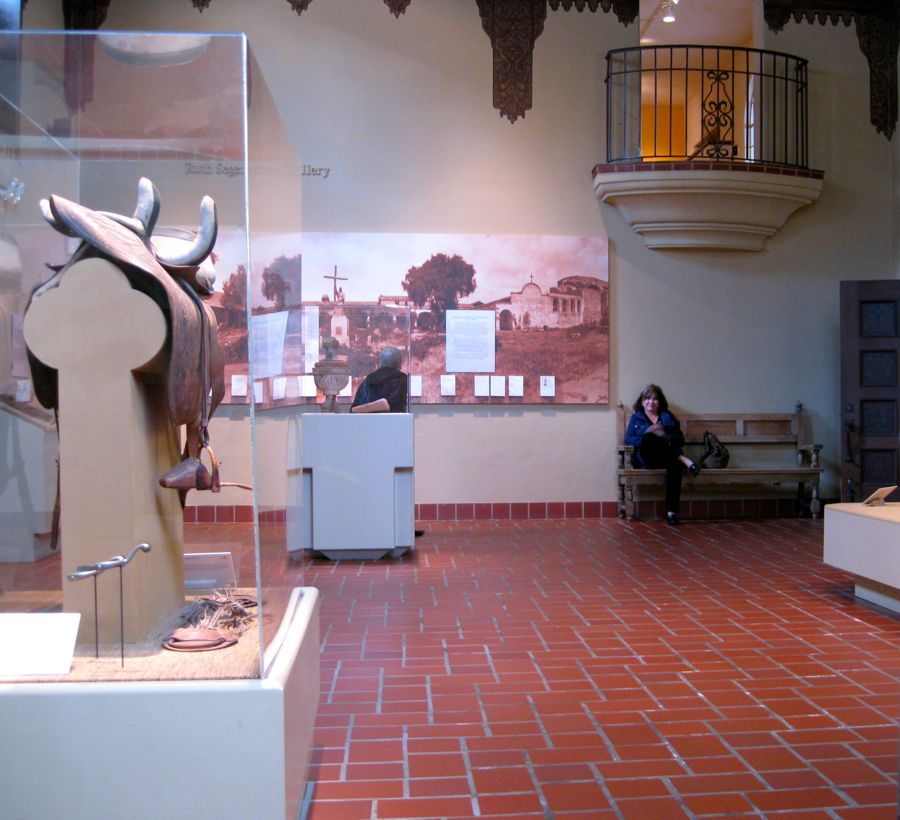
Amazing recreation of old California buildings

Interesting exhibits
Time To Go Home
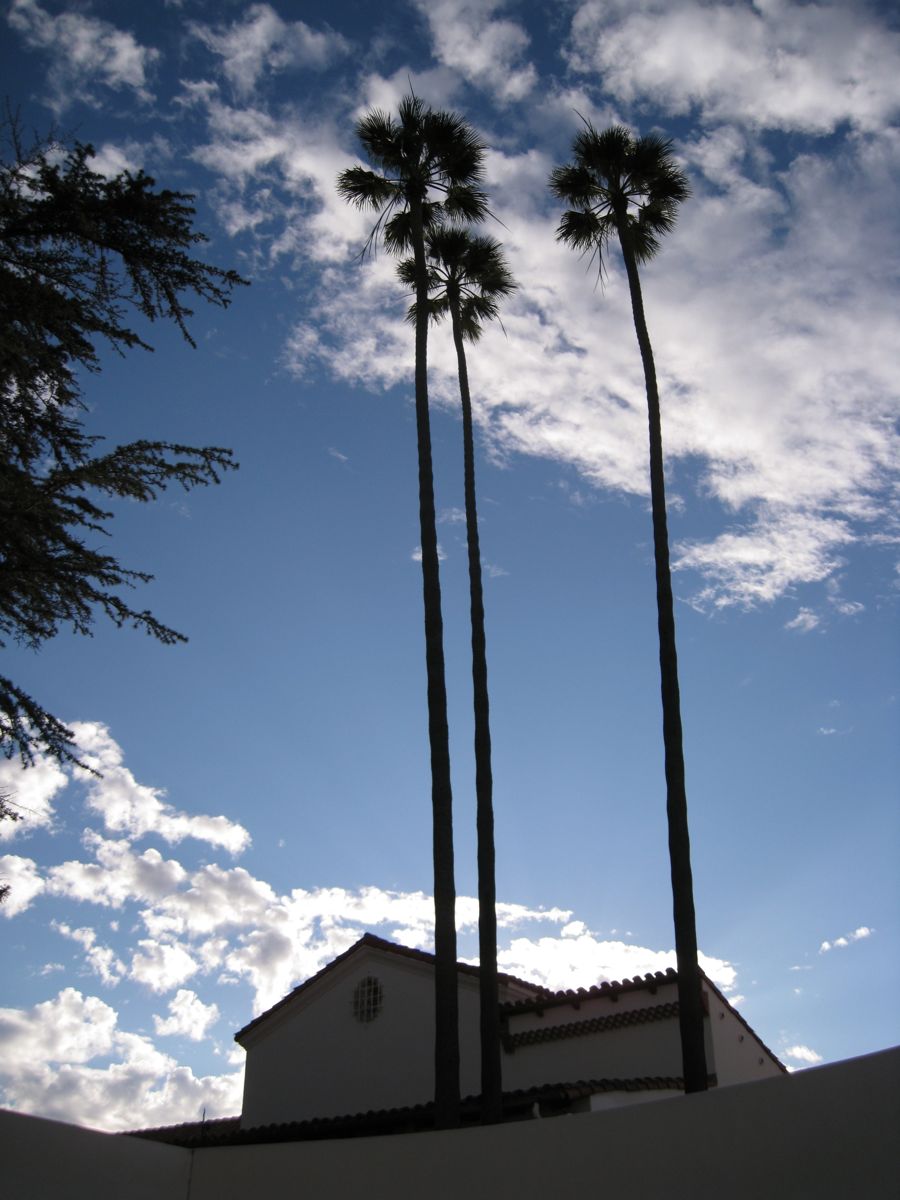
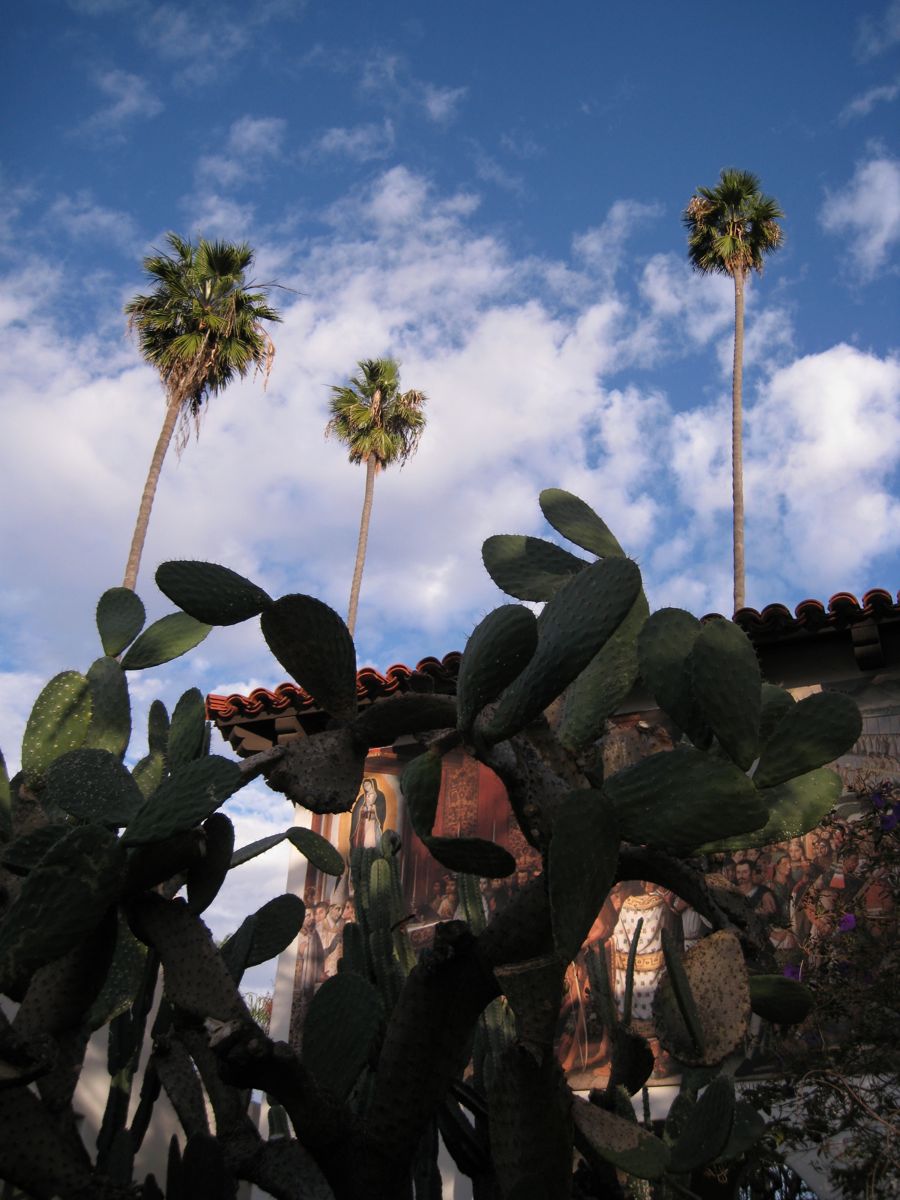
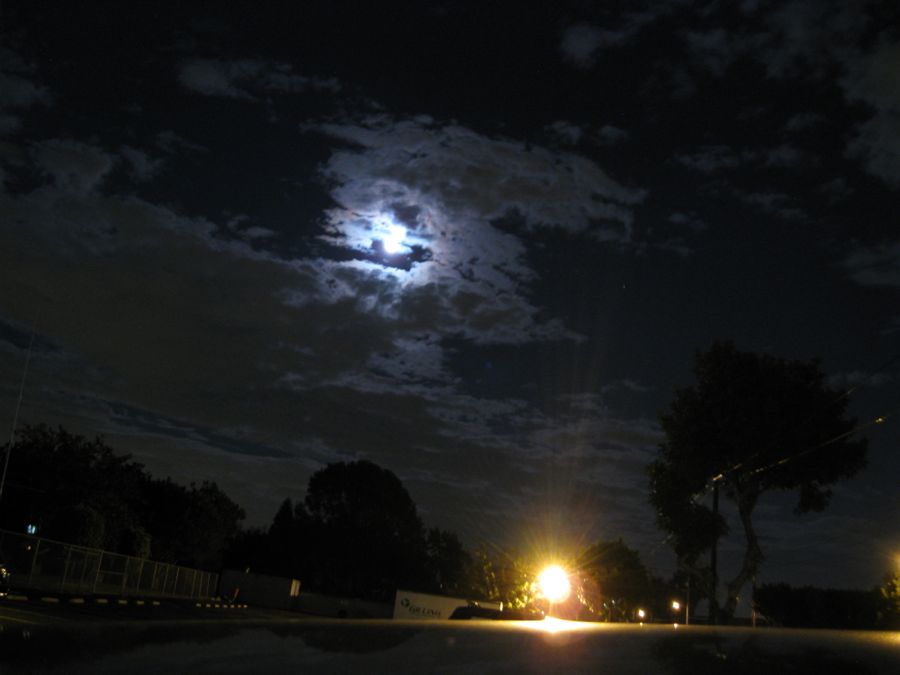
Time for Happy Hour at Old Ranch